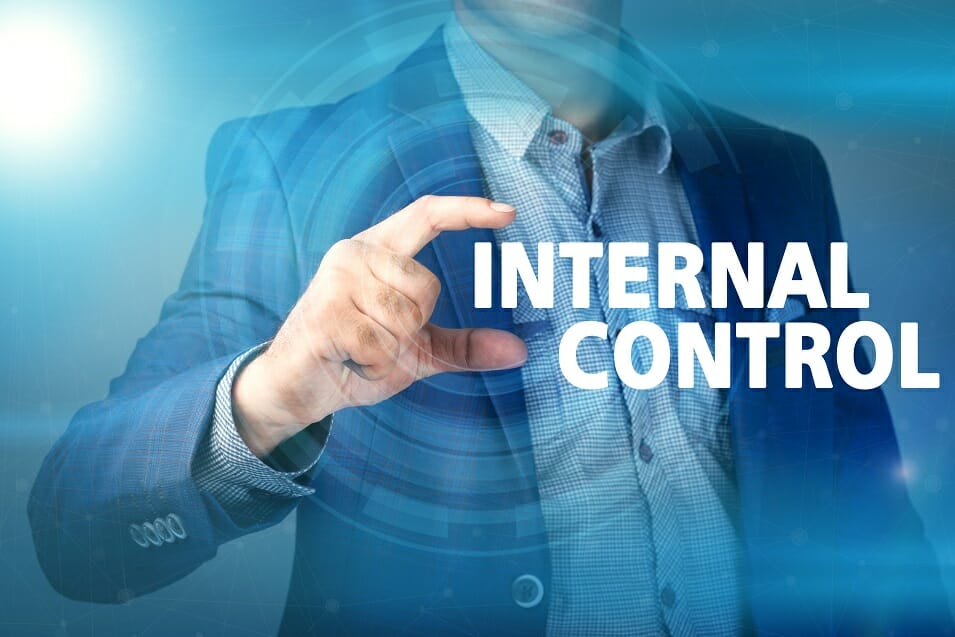
In the dynamic landscape of modern business, maintaining robust internal controls is not just a regulatory necessity but a strategic imperative. Effective internal controls safeguard assets, prevent fraud, and ensure compliance with legal and ethical standards. This blog explores how organizations can implement and optimize internal controls to foster trust, enhance operational efficiency, and mitigate risks effectively.
Understanding Internal Controls
Internal controls encompass policies, procedures, and practices designed to safeguard assets, ensure accuracy of financial reporting, and promote operational efficiency. They serve as the first line of defense against errors, fraud, and non-compliance.
Importance of Strong Internal Controls
Strong internal controls offer several critical benefits:
- Risk Mitigation: Identifying and addressing potential risks before they escalate.
- Enhanced Transparency: Ensuring accuracy and reliability in financial reporting.
- Operational Efficiency: Streamlining processes and reducing inefficiencies.
- Compliance Assurance: Meeting regulatory requirements and industry standards.
Key Components of Effective Internal Controls
- Control Environment: Establishing a culture of integrity and ethical behavior.
- Risk Assessment: Identifying and prioritizing risks that could affect the organization.
- Control Activities: Implementing specific policies and procedures to mitigate identified risks.
- Information and Communication: Ensuring timely and accurate dissemination of information.
- Monitoring: Regularly evaluating the effectiveness of internal controls and making necessary adjustments.
Implementing Internal Controls: A Step-by-Step Approach
- Step 1: Assess Current Controls: Evaluate existing processes and identify gaps or weaknesses that need improvement.
- Step 2: Set Clear Objectives: Define specific objectives for each control area, aligning them with organizational goals and compliance requirements.
- Step 3: Design Control Procedures: Develop detailed procedures outlining how controls will be implemented and monitored.
- Step 4: Implement Controls: Roll out new controls systematically, ensuring proper training and awareness among staff.
- Step 5: Monitor and Evaluate: Regularly monitor the effectiveness of controls through audits, reviews, and feedback loops.




